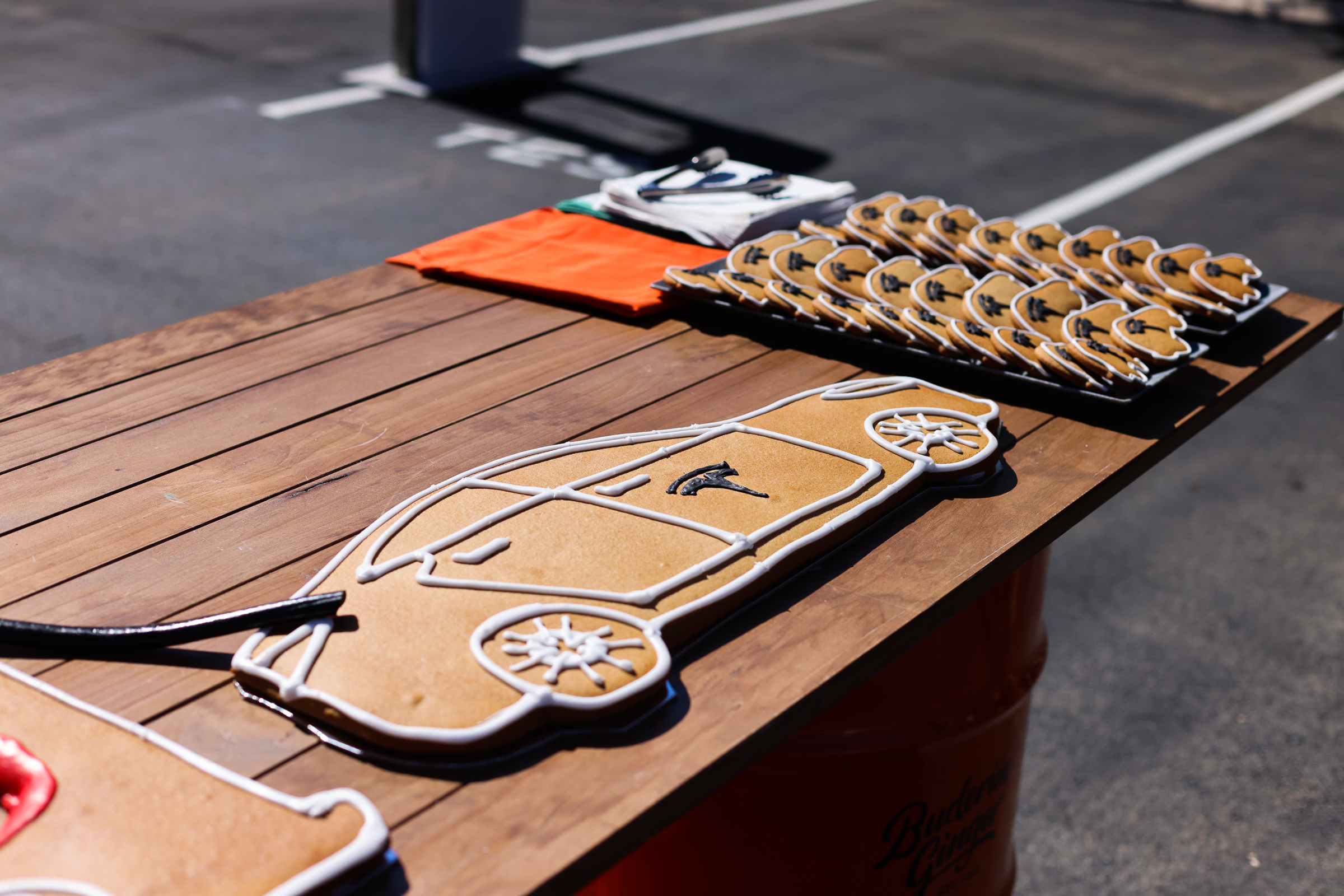
When you were a tiny tyke, you loved the look and feel of a lawn. You rolled in it and played with ants, looking upward through tree branches to puffy clouds against a deep blue sky. Adults in your family carefully and proudly mowed it to look like a lush green carpet. What we weren’t told as young ‘uns, though, is that lawns bring harm to our natural world. Fertilizers wash off lawns, into storm sewers, and flow into our waterways, inspiring algae blooms and contaminating the water we drink and the fish we eat. Because they are monocultures, lawns take up room that should be devoted to pollinators and carbon-sucking, air filtering plants and trees. It’s time to go immersive and think of your yard as a palette, a landscape ready to be molded in aesthetically pleasing and environmentally sound ways.
Don’t despair if you’re mourning the upcoming loss of your beloved lawn. Landscape architects, botanists, and biologists have solutions for you that retain some — just not all — of that lawn you love while feeding the essential plant ecosystem.
There are Few Plants that are Ugly
One approach to thinking about a healthy landscaping plan is to take a deep breath, close your eyes, and imagine the entire plot as covered with knee-high plants. Then visualize your space newly in your mind’s eye by mowing walking paths, building terraces, popping in cement benches, even inserting water features. Sure, you can have some lawn-loving areas, but in this scenario the lawn is one perfectly shaped element rather than the sole feature. Plus — when you remove some or all of your lawn, you’re eliminating the need to have those carbon-dioxide spewing gas lawnmowers.
Having an ecologically responsible landscape doesn’t mean you need to get rid of your favorite plants. “It’s about letting things in,” according to the landscape architecture team at Phyto. They argue that landscapes that are biophilic — celebrating and reinforcing our essential connection to nature — as well as biological and ecological, and these qualities best emerge when immersive.
This means more flowers, more color, more life — so much so that traditional lawn- and hardscape-heavy landscapes can’t compete. Some of the team at Phyto have published a book, Planting in a Post-Wild World, which suggests that designing landscapes can look and function more like they do in the wild: “robust, diverse, and visually harmonious.”
In this scenario, rich plantings create cottage-garden styles where plants mingle together. Described as an “ecological intensification” of a site by using high-performance plants that match aesthetic goals, planting areas are no longer merely placed here or there. Now they’re the main event.
As this plantscape designer, you’ll seek to build in maximum diversity. Individual plants are selected to grow in carefully designed partnerships, like plant communities. You create a savanna-like feel, with woody plants spaced farther apart than those in overstuffed foundation plantings. Choose resilient herbaceous mixes: several or more compatible styles of similar height, chosen to bloom in patterns of color bursts throughout the season. Instead of chemicals, plants become mulch.

Of the many tidbits of advice Phyto has for immersive plant communities, they offer 2 important broad concepts:
- Use high-performance plants — As anthropogenic effects on the climate and nature have become more starkly front and center, so, too, must plant selection evolve. Now a plant’s ecological impact ranks much higher in the decision-making criteria as you develop a planting palette, which includes not just natives but also nonnatives. It’s okay, believe it or not, to use some European plants, as they may high ecological value.
- Weigh the realities of maintenance — Consider a particular plant, its siting, and its stress pressures, such as climate, pests, and diseases. Oh, yeah, and how much watering will it require after being established?
Go Crazy! Rewild your Yard
After World War II, US lawns served as a visual and symbolic divide between our public and private suburban selves. It was a way of separating community responsibility from personal expression. Yet “the land is too important to our identity as Americans to simply allow everyone to have his own way with it,” Michael Pollan argued in 1989. Margaret Renkl, a New York Times contributing Opinion writer, reframed that idea 20 years later to say that the US lawn had become nothing more than a “field of poison.”
Today, lawns take up about 40 million acres. The US landscape service industry was valued at over $105 billion in 2021. Reject that paradigm of lawn as civic responsibility! Take the next step and design a riotous wildflower meadow stretching from one end of your current lawn to the other. It will not only beautify what is a one dimensional landscape but provide a model for neighbors. It’s true: the ideal of lawns as status has become law in many communities — you must plant grass in front of your home, or you’ll face code violations. But rise up! Demonstrate that lawn culture is no longer feasible in a world that is pushed to the limits by extreme weather, species loss, and forever chemicals.
An editorial in the New York Times argues that we can create a jazz symphony of color and variety, flickering with bees, pulsing with life in our public spaces, by “rewilding” them. “We have to urgently tame a lawn culture that, besides being aesthetically barren,” writer and gardener Alexander Nazaryan describes, “wastes astonishing amounts of water leaches chemicals into the soil and inhibits the flourishing of animal and avian species.” Big Lawn is no less formidable a foe than Big Oil or Big Tobacco, which is why an “audacious gesture,” Nazaryan insists, is needed in reconsideration of lawns.
A 2021 research study analyzed how low height urban green infrastructures fared in relation to their 2 ecosystem contributions: heat mitigation and habitat for biodiversity. Their results indicated, of course, that plant structure and diversity helped cool temperatures. A 2023 study, which describes lawns as having “low ecological value,” investigated the phyto-cleaning potential of an urban meadow all year round, including autumn–winter period and vegetative season. Again, it’s no surprise that the results suggested that accumulation of particulate matter by an urban meadow is possible even out of vegetative season — thereby cleaning city air.
Nazaryan admonishes us not to “be afraid of change. And we certainly should not be afraid of wildflowers. They speak to the variety of the American experience, to the regeneration and hope that follow even the harshest winter of discontent.”
The lawn is the opposite: it destroys.
I don’t like paywalls. You don’t like paywalls. Who likes paywalls? Here at CleanTechnica, we implemented a limited paywall for a while, but it always felt wrong — and it was always tough to decide what we should put behind there. In theory, your most exclusive and best content goes behind a paywall. But then fewer people read it! We just don’t like paywalls, and so we’ve decided to ditch ours. Unfortunately, the media business is still a tough, cut-throat business with tiny margins. It’s a never-ending Olympic challenge to stay above water or even perhaps — gasp — grow. So …



.jpg)
